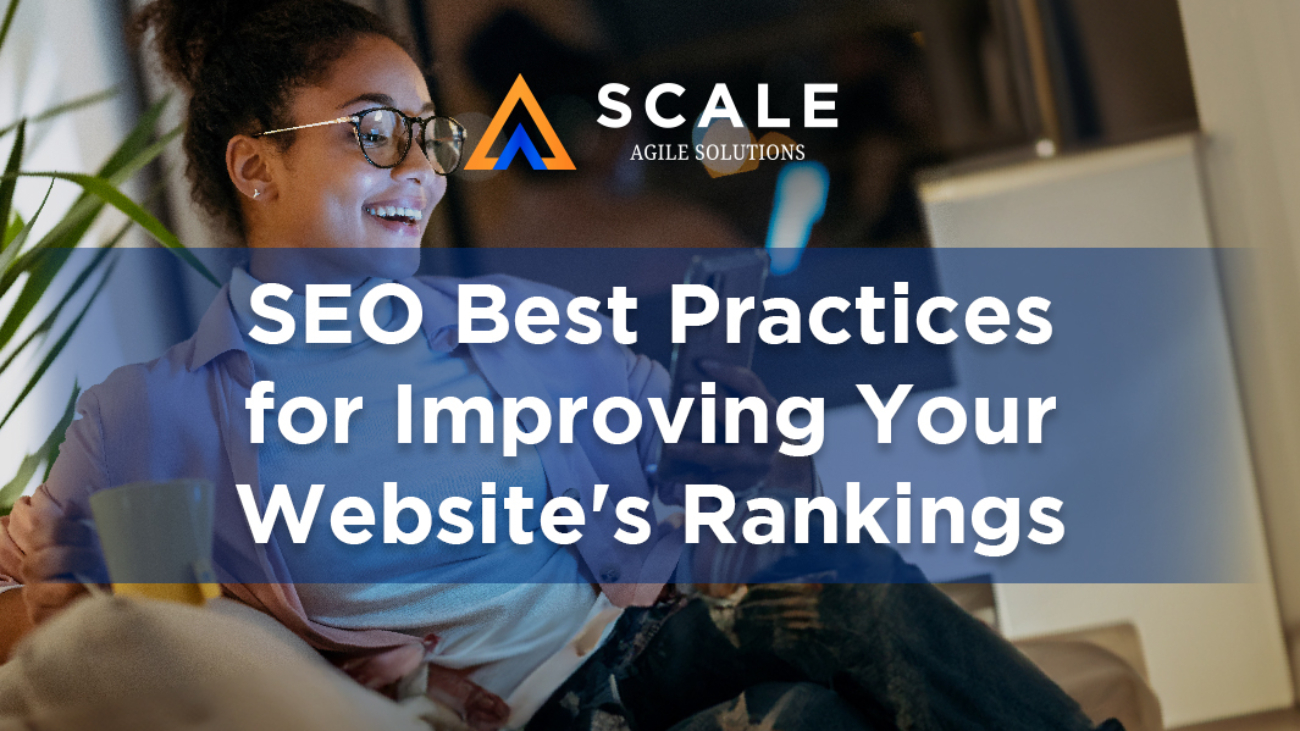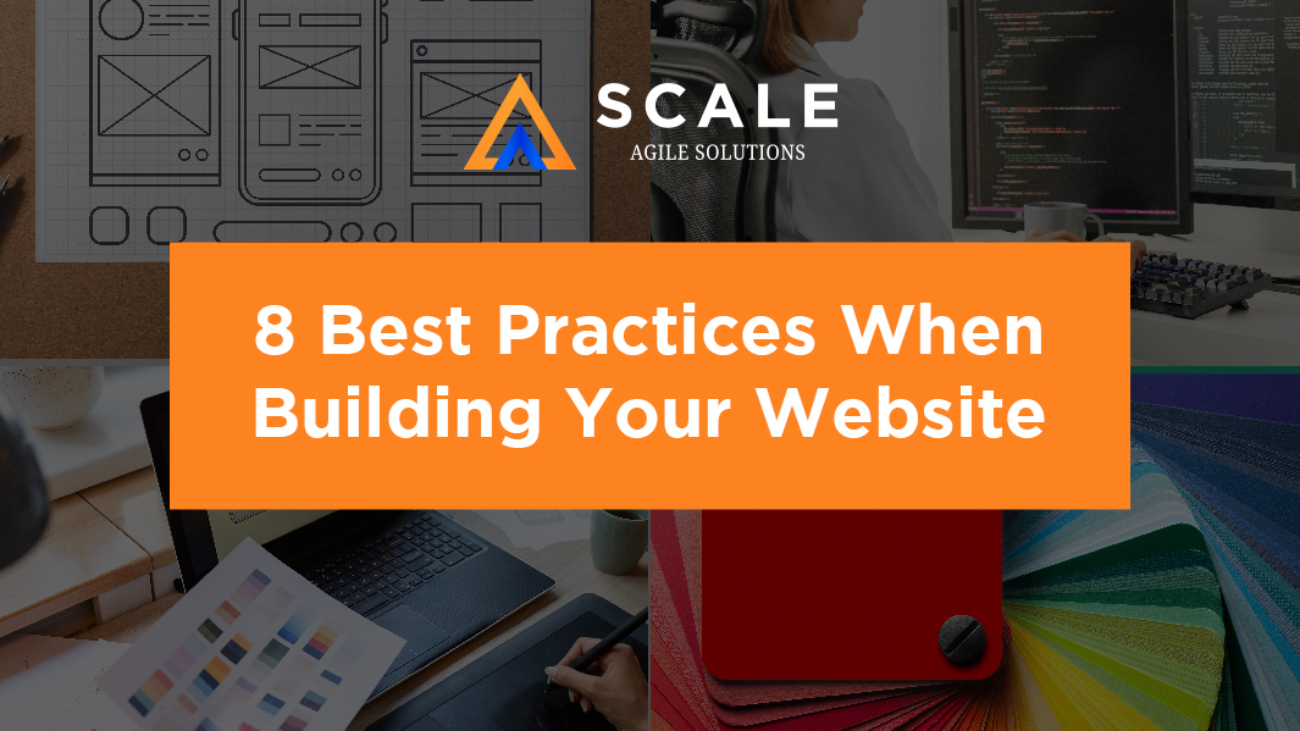The proliferation of artificial intelligence (AI) and machine learning has moved SEO strategies beyond keywords and backlinks. These technologies are reshaping how websites are ranked and users interact with search engines. Gain a nuanced understanding of AI and machine learning SEO and discover AI-driven tools and techniques to elevate your online presence.
Understanding RankBrain and Neural Matching
Google’s search algorithms are complex and continuously evolving, with AI playing a central role. Two significant AI-based components of Google’s algorithm are RankBrain and neural matching.
RankBrain
Introduced in 2015, RankBrain is a machine learning-based algorithm that helps process search results and understand the intent behind queries to provide more relevant search results for users. It uses AI and machine learning techniques to understand the meaning behind search queries and learn from user interactions with search results.
When the algorithm encounters an unfamiliar query, it searches for the most similar vector or pattern to the original query and returns results based on that. It helps Google understand the intent behind the query and provide more accurate search results.
RankBrain is a significant part of Google’s core algorithm. It’s considered the third most important ranking factor, following backlinks and content.
Neural Matching
In 2018, Google announced neural matching, often referred to as “super synonyms.” The algorithm uses AI technology and deep learning techniques to analyze language and understand the context of search queries. It allows Google to match queries with pages that may not contain the exact keywords but are contextually relevant.
For example, if someone searches for “why does my TV look strange,” neural matching helps Google understand that the user is likely experiencing issues with the TV’s picture settings and directs them to appropriate troubleshooting guides.
While the two algorithms may seem similar, there are key differences. RankBrain primarily focuses on relating web pages to concepts, while neural matching focuses on relating words in search queries to concepts.
However, both algorithms contribute to improving the relevance and accuracy of search results by leveraging AI and machine learning techniques.
The Role of Machine Learning in Personalized Search
Machine learning is transforming personalized search, tailoring search results based on user behavior, preferences, and search history. Here’s how AI and machine learning SEO are playing out:
Personalized Content Recommendations
Search engines use machine learning algorithms to analyze user behavior, such as past searches, clicks, and time spent on pages. This data is used to deliver personalized content recommendations that match the user’s interests and preferences.
For instance, if a user frequently searches for gluten-free recipes, the search engine is likely to prioritize similar content in future searches.
Dynamic Search Results
Machine learning enables search engines to provide dynamic search results that adapt in real-time. For example, two users entering the same query might see different results based on their location, search history, and preferences. This level of personalization ensures a more relevant and engaging search experience.
Predictive Search
Predictive search capabilities, powered by machine learning, allow search engines to anticipate user queries and provide suggestions before the user finishes typing. It speeds up the search process and provides new content that aligns with the user’s interests.
AI-Driven SEO Tools and Techniques
How professionals approach optimization has drastically changed in the last decade. AI and machine learning SEO tools analyze vast amounts of data quickly and accurately, delivering insights that were previously unattainable. Here are some AI SEO tools and techniques making waves in the industry:
Content Optimization
AI content optimization tools use natural language processing (NLP) to analyze top-performing content for specific keywords. They provide recommendations on how to improve your content’s relevance and comprehensiveness, ensuring it meets the intent behind search queries.
Keyword Research
Advanced keyword research platforms use machine learning algorithms to predict keyword trends and identify opportunities that might be missed by manual analysis. They also offer more accurate keyword difficulty scores due to continuous learning from search engine updates.
SEO Audits
AI-powered tools like PushGiant perform comprehensive site audits, identifying technical issues that could affect search rankings. They analyze ranking factors such as site speed, mobile usability, and broken links, providing actionable insights to improve site health and visibility.
Competitor Analysis
Gain in-depth insights from your competitors with AI competitor analysis tools. These tools track your competitors’ SEO strategies, keyword rankings, and backlink profiles, helping you adjust your tactics accordingly.
Level Up with AI and Machine Learning SEO
AI and machine learning aren’t just industry buzzwords — they’re driving forces transforming how search engines operate and users find information. By embracing AI and machine learning SEO in your strategy, you can achieve more effective optimization and a better user experience that drives more organic traffic and conversions.
We’ve designed an AI-powered SEO toolkit that enables your website, Google Business profile, YouTube, Spotify, and more to rank higher. Explore PushGiant today!

![[SCALE AGILE] SEO Audit Essentials_ Evaluating and Enhancing Website Performance](https://scaleagilesolutions.com/wp-content/uploads/2024/07/SCALE-AGILE-SEO-Audit-Essentials_-Evaluating-and-Enhancing-Website-Performance-1300x731.jpg)




